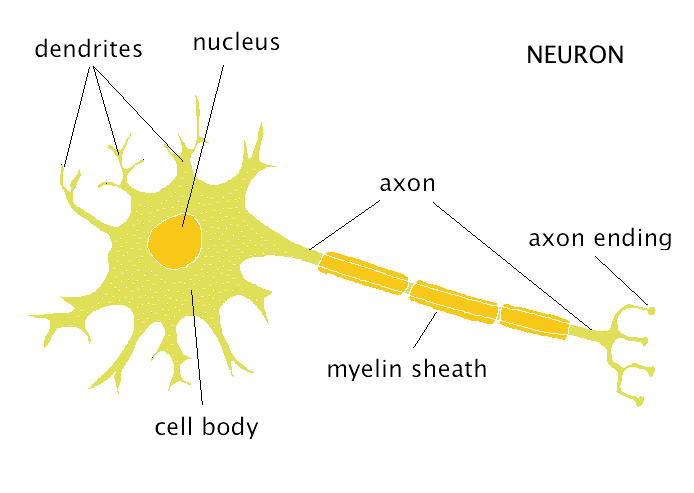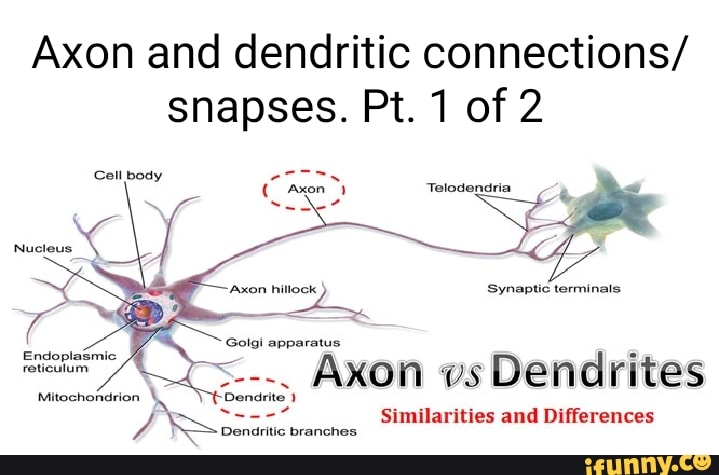


One such protein, EB1, binds microtubules with high affinity and has been used in live imaging studies to study patterns of polymerization. Several in vitro studies have characterized GFP-+TIP dynamics, confirming that real-time localization of these proteins directly reflects the polarity of microtubule assembly in a variety of neuronal types. Microtubule binding proteins that associate specifically with the distal plus-ends of actively polymerizing microtubules (called +TIPS), when tagged with green fluorescent protein (GFP), produce fluorescent 'comets' that track in the direction of polymerization. Current imaging techniques allow microtubule polymerization to be examined directly in living cells, and can be used to determine how well this static view represents the dynamic nature of the microtubule network. Previous electron microscopic analysis showed that axons of mature vertebrate neurons contained microtubules that were oriented exclusively with plus-ends projecting away from the soma, whereas the dendrites contained a combination of microtubules with mixed polarity. One characteristic difference that arises during maturation of the axon and dendrites is their intrinsic microtubule polarity. Few studies have tested whether dendritic growth depends on tubulin subunit addition to the same extent, but overexpression of cypin, a protein that promotes microtubule polymerization, has been shown to increase the size of the dendritic arbor. Correspondingly, molecular markers for newly assembled microtubules are concentrated at growing ends, while markers for more mature microtubules are found in the stable proximal and middle regions of axons. Previous work has shown that net axon growth involves both dynein motor-driven transport of short microtubules and the formation of microtubule polymers within the axonal growth cone. Thus, it may be that differences in local regulation of microtubule polymerization or stability also underlie the faster rate of growth observed in axons, as well as contribute to the delayed formation and maturation of the dendritic arbor. In fact, evidence suggests that local control of microtubule polymerization and stability both play a role in the initial specification of the axon and in minor process outgrowth.

During this developmental progression, dendrites diverge from axons through a stereotypic sequence of morphogenesis, suggesting that at some level the cytoskeleton is being organized differently. For hippocampal neurons developing in vitro, polarization occurs as structurally equivalent immature minor processes differentiate into mature axonal and dendritic arbors. This is in agreement with predicted differences in microtubule polarity within these compartments, although fewer retrograde events were observed in dendrites than expected.Ī fundamental problem in cell biology is how morphologically and functionally distinct compartments are assembled and maintained in polarized cells. While polymerization occurred almost exclusively in the anterograde direction for axons, both anterograde and retrograde polymerization was observed in dendrites. As development progressed, however, polymerization became biased, with a greater number of polymerization events in distal than in proximal and middle regions. Early in development (for example, 1 to 2 days in vitro), polymerization events were distributed equally in both the anterograde and retrograde directions throughout the length of both axons and dendrites. Analysis of microtubule polymerization using green fluorescent protein-tagged EB1 showed both developmental and regional differences in microtubule polymerization between axons and dendrites. Most notably, regardless of developmental stage, there were high levels of dynamic microtubules throughout the dendritic arbor, whereas dynamic microtubules were predominantly concentrated in the distal end of axons. Quantitative ratiometric immunocytochemistry identified significant differences in microtubule stability between axons and dendrites.


 0 kommentar(er)
0 kommentar(er)
